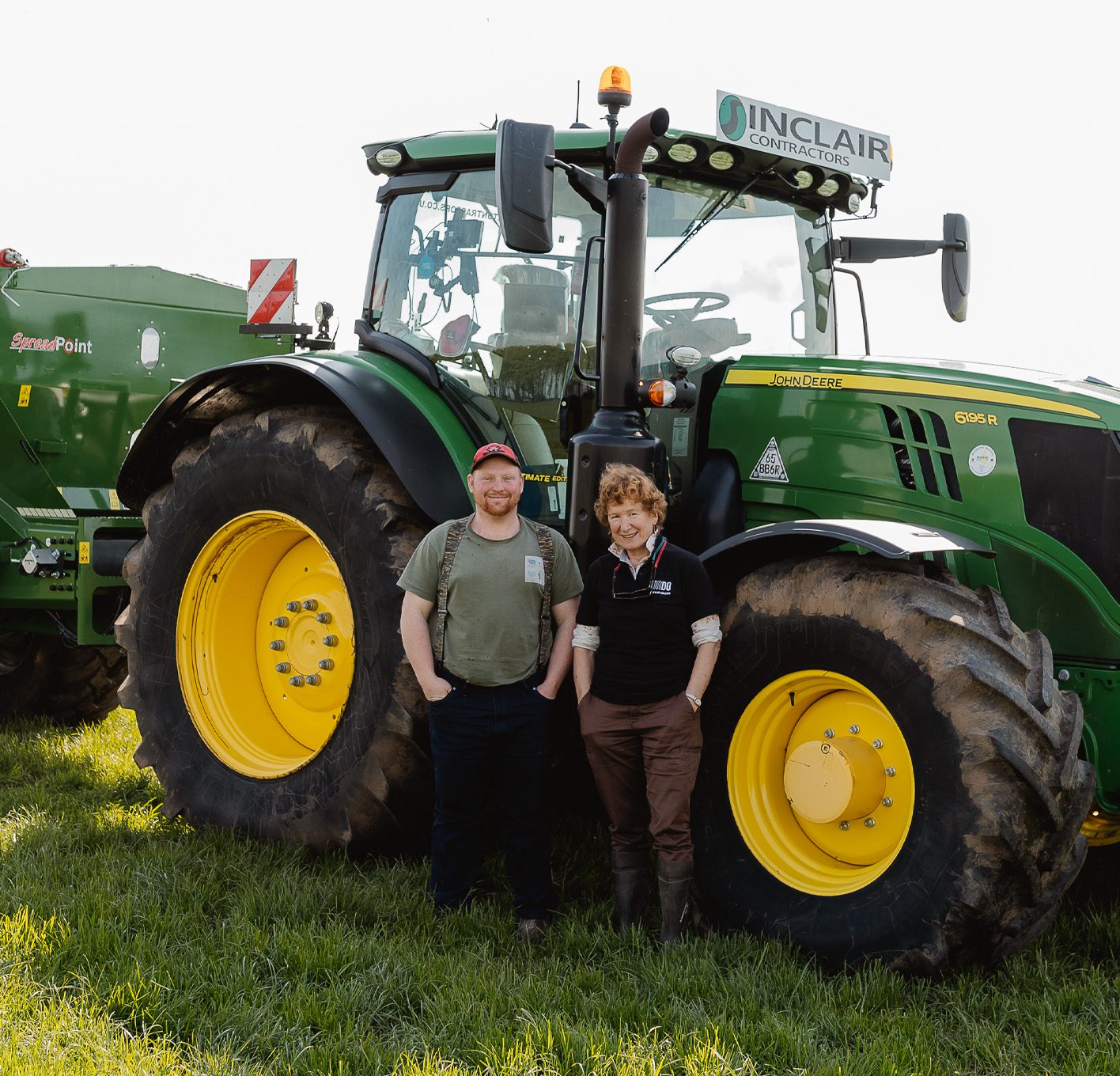I first came across enhanced rock weathering (ERW) in February 2020. ERW, at the time, was purely academic with significant lab results and exciting papers in Nature, but without commercial application of note. Nevertheless, the CO₂ removal potential was clear; 100,000 year permanence with billion-tonne volumes each year, far beyond the impact of reforestation or direct air capture alone.
A very steep climb

As a competitive endurance runner, I find it helpful to acknowledge what’s before us, two years in: an extraordinarily fast climb up a long steep hill. Even if all the signatories of the Paris Agreement hit their contributions, the world will still be 35 billion tonnes of CO₂ in debt. To make meaningful progress toward our global climate targets, we must be actively removing 10 billion tonnes of CO₂ from the atmosphere annually by the year 2050. From that year onwards, this figure jumps to 20 billion tonnes.
Reaching those somewhat staggering numbers implies imposing and unrelenting growth for our company, and everyone in our space. So, it’s time I describe why I’m optimistic that UNDO, and the field of enhanced rock weathering, is capable of providing durable, permanent, low-cost carbon removal at scale, and potentially faster than any other pathway.
The catalyst: $13 million backing
We today share a new investment of $12 million, led by Lowercarbon Capital and AENU. I’m also pleased to confirm a $1 million contract renewal from Stripe – one of the world’s leading carbon removal purchasers. This follows a $500,000 purchase and research grant from Stripe in May 2021, alongside a contract to provide Microsoft with its first carbon removal via ERW in April 2023.
Industrial scale operations
Much of what makes ERW possible to scale quickly is about what we don’t have to do. We don’t have to invent transportation and logistics infrastructure, we can use the millions of trucks that already exist. We don’t have to source rock from new places, we can use basalt – the most abundant rock on Earth which is often an existing aggregate product of mines and quarries. We don’t need to invent and invest in spreading infrastructure, we can use the tools and talents of the world’s farmers, who manage 5 billion hectares globally and already spread megatonnes of material on their land each year. Instead of trying to build new infrastructure for carbon removal, we can leverage existing, globally-available infrastructure to permanently remove gigatonnes of CO₂ from the atmosphere.
UNDO can be the connective tissue between all of these industries, enabling material to flow between them and backing the number of tonnes we put on the scoreboard with real science and the best team in the business.
Our ability to use this leverage to grow quickly gives me hope that we can spread enough rock by 2025 to remove 1 million tonnes of CO₂ while driving down our costs – a first step towards billion-tonne scale operations. Using existing infrastructure and partners doesn’t just benefit us – it materially benefits the communities we operate in. UNDO already works with 17 quarry sites globally and has spread across thousands of hectares of land through partnerships with over 50 landowners and farmers. We pay local truck drivers to haul crushed rock, and local businesses to spread it. The farmers we partner with can reduce their use of chemical inputs, and see their soil health and yields improve.
For context, UNDO spread 27,000 tonnes of basalt across 1,350 hectares of agricultural land in 2022 which will permanently lock away approximately 6,750 tonnes of CO₂. In 2023 we’ll spread 185,000 tonnes of basalt across 9,250 hectares, removing approximately 46,250 tonnes of CO₂. While this is one-thousandth of the billion-tonne annual targets cited by the IPCC report, UNDO has built an operational, scientific and technological model that will allow 4x this operation every year from 2025 onwards.
By scaling our operations and engaging with partners, we are moving down the cost curve. We have set a target to reduce costs to below $200 per tonne in the coming years. For ethical and practical reasons, I believe we must make sure that the CDR market isn’t the exclusive realm of well-funded tech companies. Real change will be inclusive – of infrastructure, of talent, and regardless of geography. With ERW, we can scale carbon removal and distribute the benefits to people in rural communities.
So, what’s the key barrier?
To be clear, there is no silver bullet when it comes to CDR technology. The biggest challenge we face is measuring and quantifying how many tonnes of CO₂ have been removed. Unlike DAC which is metered, we work within natural environments. So while it will take time to drive down uncertainty, our team is stitching together what I see as the key components of success: the operational expertise to know when to work with existing partners and how to help them innovate, the business, commercial, and government relationships to drive scale and fund our research, and the scientific rigour and objectivity to deliver best-in-class science while providing grounds for the trustworthy validation our customers deserve.
A science set to scale
With operations now in the UK and US, along with new regions such as Australia, we can generate more and better data to support the credibility of our work – learning as we store carbon. Preliminary field results and recent purchases and renewals from science teams at major corporate buyers like Stripe and Microsoft gives us confidence we will continue to build trust in ERW, and our team’s work in particular. Having conducted the world’s first commercial farm-scale ERW trials in April 2022, UNDO’s Science and Research team, led by Dr XinRan Liu, is also working alongside world-leading independent climate scientists and carbon agencies to write the industry’s first ISO methodology for enhanced rock weathering.
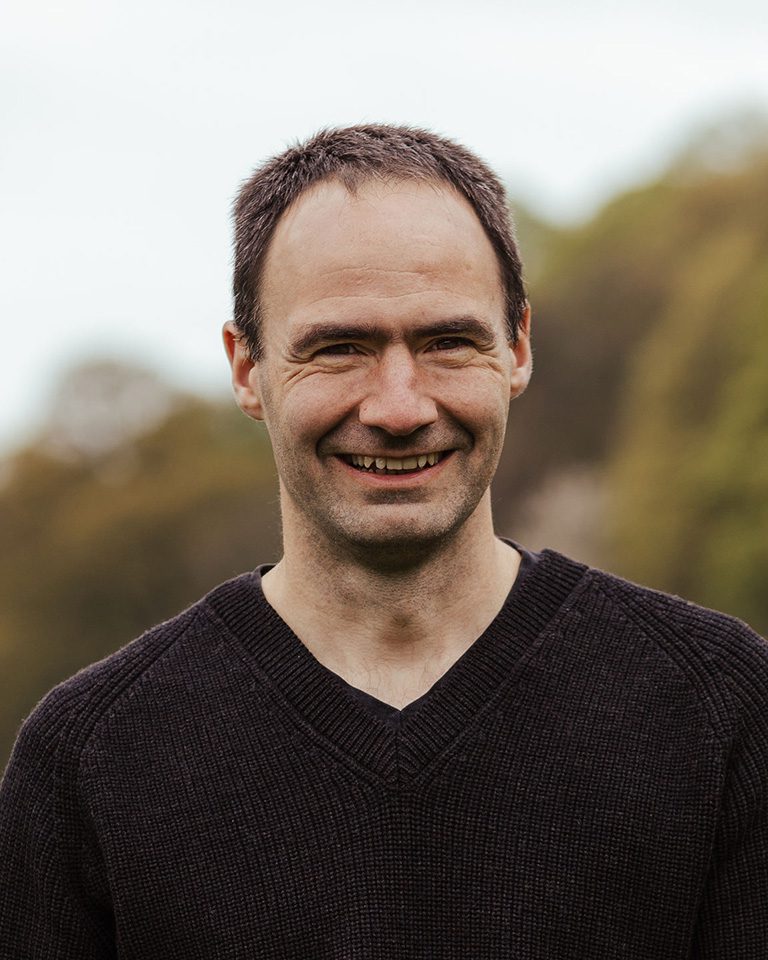 " alt="">
" alt="">
With a background in ecology and scaling businesses, Jim founded UNDO to combat climate change via enhanced rock weathering. His vision is to realise ERW’s potential for relatively low-cost, large-scale carbon removal with a permanence of 100,000+ years. UNDO strives to create durable, high-quality carbon removal credits with added co-benefits.
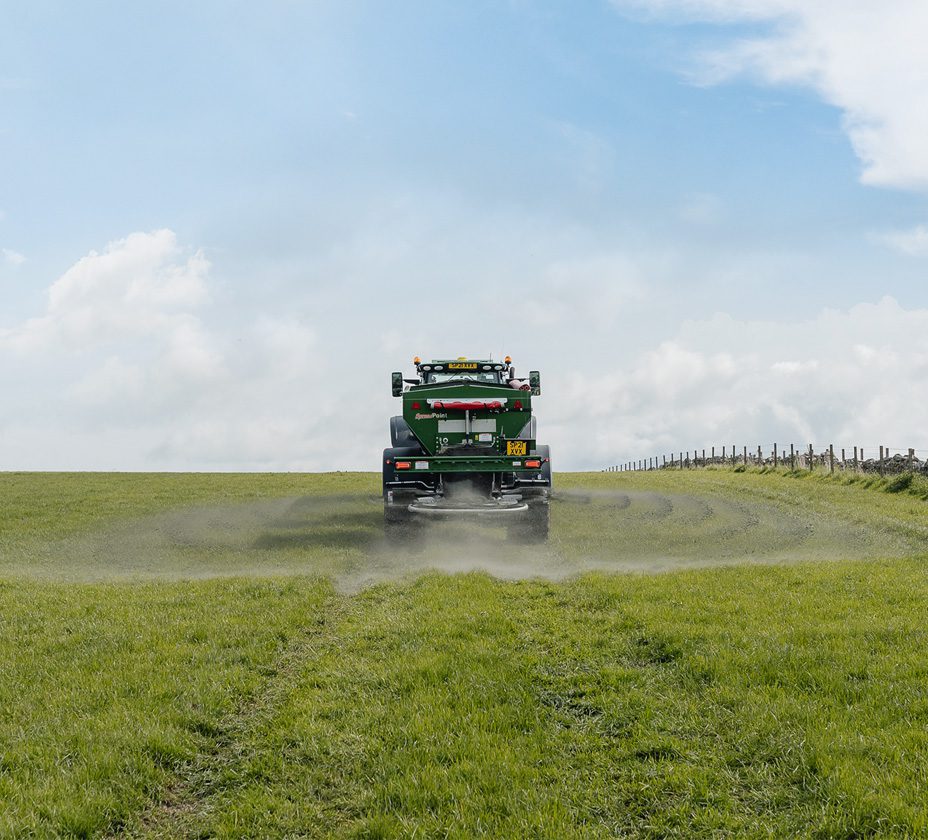
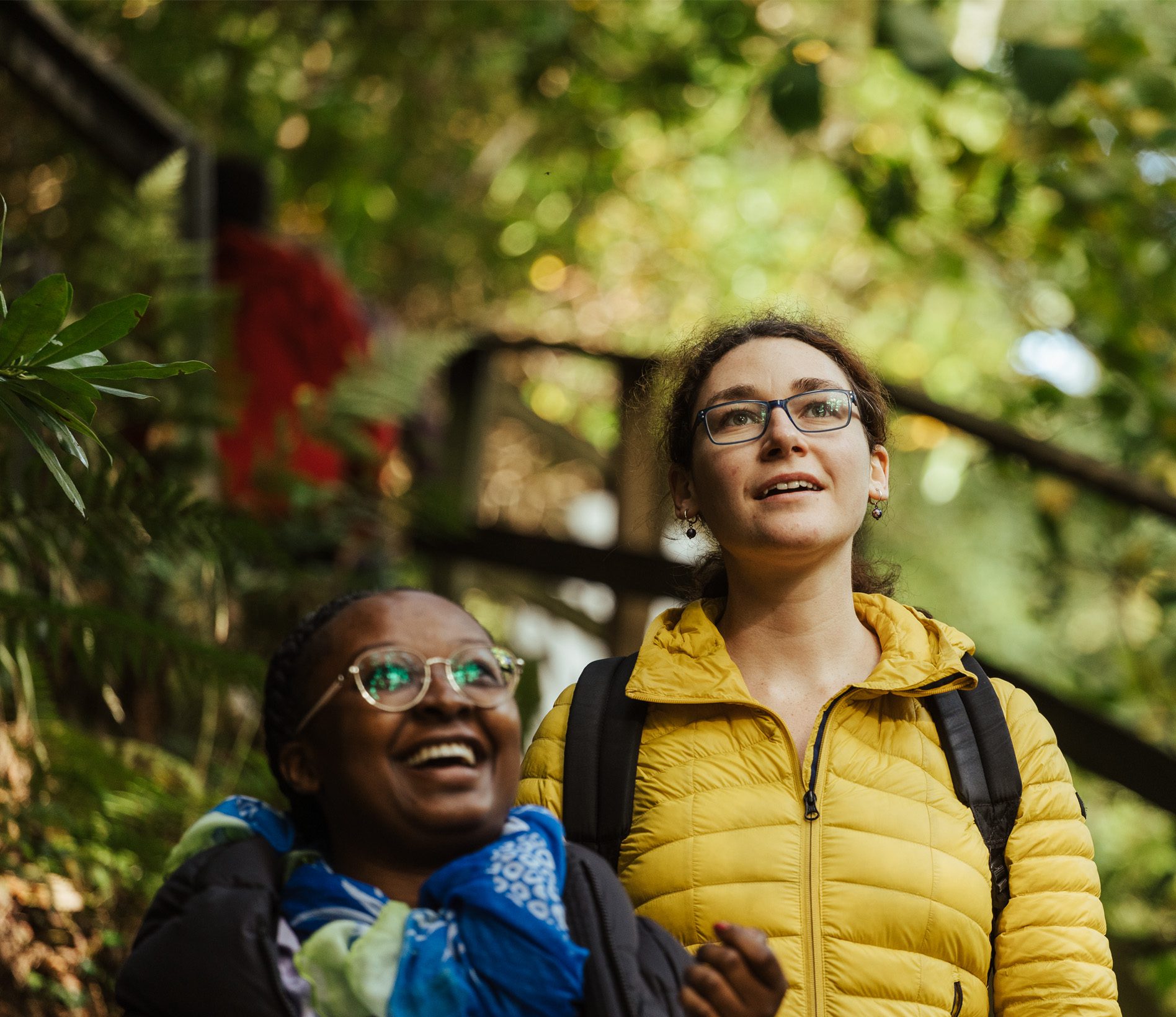
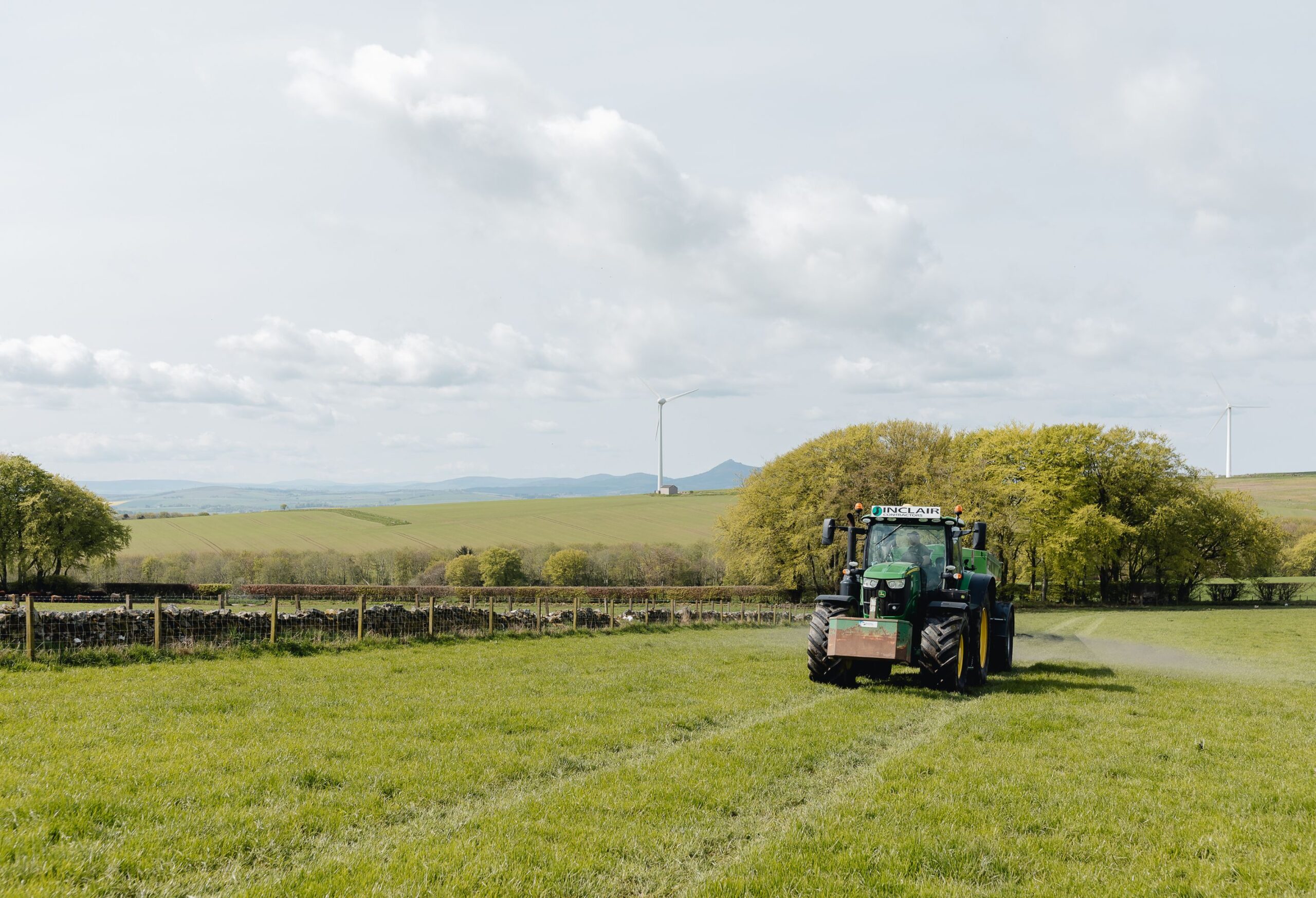 " />
" />
